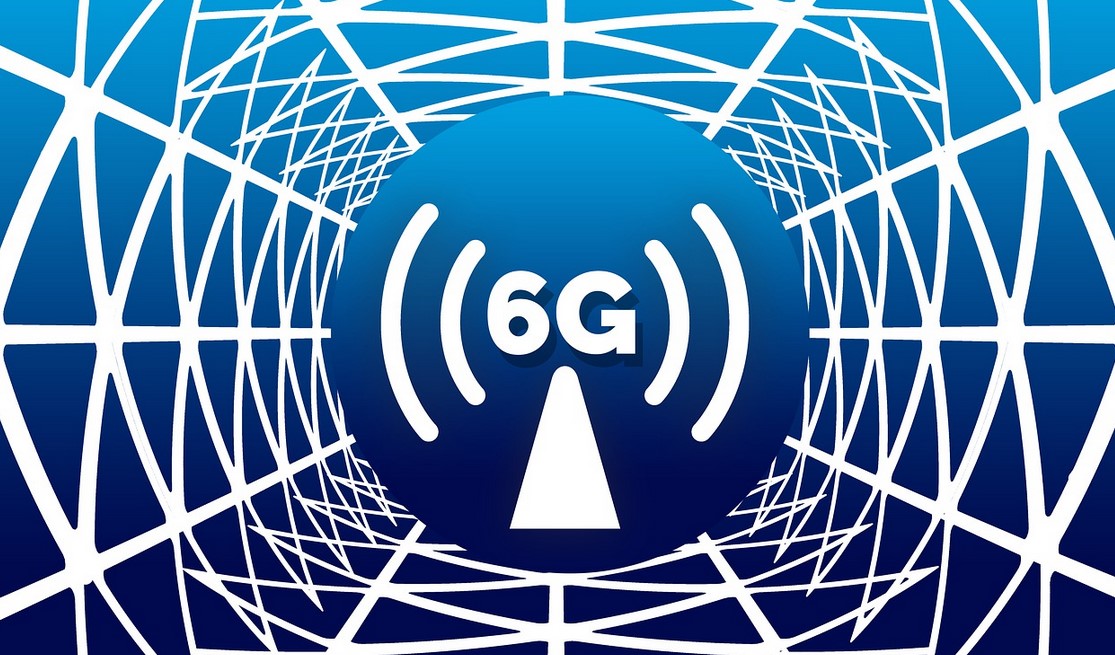by B.N. Frank, Activist Post:

Decades of research have already proven that electromagnetic and wireless radiation including 5G is biologically and environmentally harmful. In regard to 5G and Wi-Fi 6E, experts have also strongly warned about their ability to cause dangerous frequency interference issues (see 1, 2). Despite these factors and others, proponents continue to endorse testing and adding new wireless frequencies, including controversial 6G (see 1, 2, 3, 4, 5, 6, 7). In fact, some researchers say they are confident that their filter will speed up 6G’s deployment, activation, and use. Argh!
TRUTH LIVES on at https://sgtreport.tv/
From StudyFinds.org:
6G wireless communication on the horizon thanks to new noise-filtering invention
WASHINGTON — A chip-sized microwave photonic filter could soon make 6G wireless communication a reality. Researchers at Peking University have created this tiny device, which can filter out communication signals from “noise” and suppress unwanted interference across a wide range of radio frequencies. Shrinking this technology down is one of the key steps in creating the next generation of wireless devices, including 6G smartphones, self-driving vehicles, and internet-connected appliances.
“This new microwave filter chip has the potential to improve wireless communication, such as 6G, leading to faster internet connections, better overall communication experiences and lower costs and energy consumption for wireless communication systems,” says researcher Xingjun Wang from Peking University in a media release. “These advancements would directly and indirectly affect daily life, improving overall quality of life and enabling new experiences in various domains, such as mobility, smart homes and public spaces.”
In the journal Photonics Research, researchers explain how their new photonic filter overcomes the limitations of current electronic devices to perform multiple tasks, but still be the size of a computer chip and use less power than standard filters. The team also demonstrated how the photonic filter is able to operate across a broad radio frequency spectrum that extends to over 30 gigahertz (GHz). That makes it capable of supporting future 6G technology.
“As the electro-optic bandwidth of optoelectronic devices continues to increase unstoppably, we believe that the integrated microwave photonics filter will certainly be one of the important solutions for future 6G wireless communications,” Wang explains. “Only a well-designed integrated microwave photonics link can achieve low cost, low power consumption and superior filtering performance.”

Illustration of how the integrated microwave photonic filter helps to separate signals of interest from background noise or unwanted interference in complex electromagnetic environments. Credit: Peking University research team
How does the filter work?
Study authors note that 6G technology would be able to convey more data at a faster rate than the current 5G wireless networks operating now. However, 6G networks will likely send their signals using millimeter wave and even terahertz frequency bands. Researchers believe this extremely wide-ranging signal will likely interfere with other communication channels.
To fix the problem before it happens, the team started working on a filter that can protect signal receivers from different types of interference across the entire radio frequency spectrum. They also addressed the issues surrounding similar filters which make them expensive to build and too large for widescale production.
Researchers say their new filter is small, cost-effective, consumes less power, and performs multiple filtering functions, making it capable of being integrated onto a computer chip. Moreover, it only has four main parts:
- Phase modulator – serves as the input of the radio frequency signal, which modulates the electrical signal onto the optical domain
- Double-ring – acts as a switch to shape the modulation format
- Adjustable micro-ring – the core unit for processing the signal
- Photodetector – serves as the output of the radio frequency signal and recovers the radio frequency signal from the optical signal
“The greatest innovation here is breaking the barriers between devices and achieving mutual collaboration between them,” Wang says. “The collaborative operation of the double-ring and microring enables the realization of the intensity-consistent single-stage-adjustable cascaded-microring (ICSSA-CM) architecture. Owing to the high reconfigurability of the proposed ICSSA-CM, no extra radio frequency device is needed for the construction of various filtering functions, which simplifies the whole system composition.”
How well does the device work?
During tests, the researchers used high-frequency probes to load a radio signal into the chip and collected the recovered signal using a high-speed photodetector. From there, they used an arbitrary waveform generator and directional antennas to simulate the transmission of a 2Gb/s high-speed wireless signal — using a high-speed oscilloscope to receive the processed signal.
Study authors compared the results with and without using the filter to see how well the new device performed. Results show that the new photonic filter works just as well as other filters while also using less power and a less complex system than other microwave photonic filters. Those devices use hundreds of repeating units to achieve the same results.




